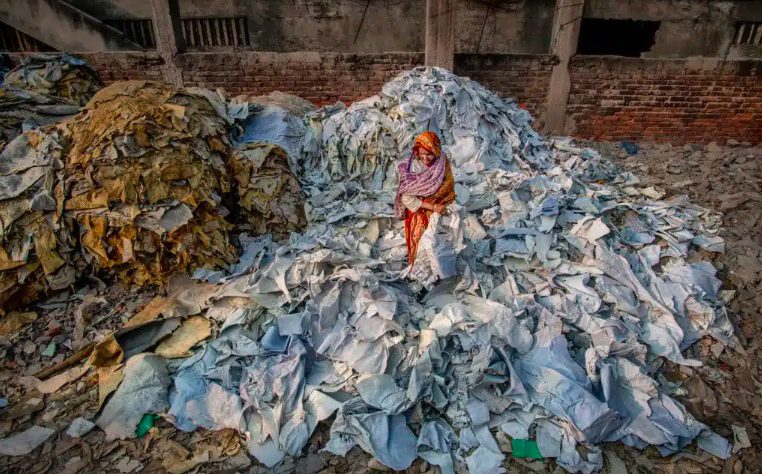
Fast Fashion and Its Environmental Impact
The Dark Side of Fast Fashion
According to an analysis by Business Insider, fashion production comprises 10% of total global carbon emissions, as much as the European Union. It dries up water sources and pollutes rivers and streams, while 85% of all textiles go to dumps each year. Even washing clothes releases 500,000 tons of microfibres into the ocean each year, the equivalent of 50 billion plastic bottles.
The Quantis International 2018 report found that the three main drivers of the industry’s global pollution impacts are dyeing and finishing (36%), yarn preparation (28%) and fibre production (15%). The report also established that fibre production has the largest impact on freshwater withdrawal (water diverted or withdrawn from a surface water or groundwater source) and ecosystem quality due to cotton cultivation, while the dyeing and finishing, yarn preparation and fibre production stages have the highest impacts on resource depletion, due to the energy-intensive processes based on fossil fuel energy.
According to the UN Framework Convention on Climate Change, emissions from textile manufacturing alone are projected to skyrocket by 60% by 2030.
The time it takes for a product to go through the supply chain, from design to purchase, is called a ‘lead time’. In 2012, Zara was able to design, produce and deliver a new garment in two weeks; Forever 21 in six weeks and H&M in eight weeks. This results in the fashion industry producing obscene amounts of waste.
